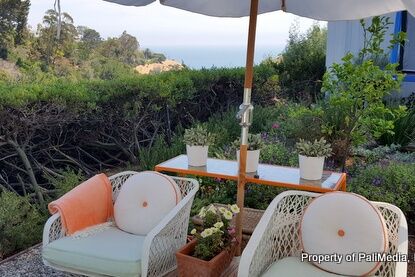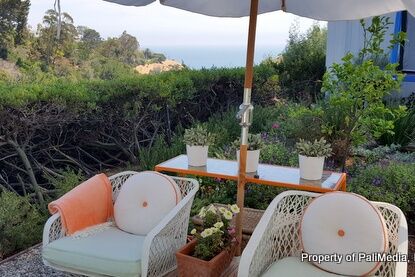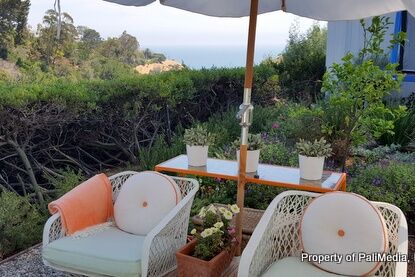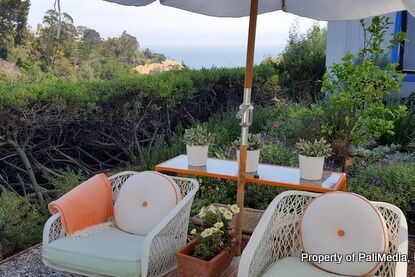Laura Contreras-Rowe: Always “Aiming High"
Laura Contreras-Rowe has always had a motto: “Aim high”.
As a young Tejana living in a trailer, surrounded by gangs and drugs, Contreras-Rowe was inspired by golfer Nancy Lopez to strive for a better life. After building her successful real estate business, she felt a duty to give back to la comunidad and inspire Latinas across the U.S. to “succeed to astounding heights with courage and tenacity”. In fact, Contreras-Rowe wrote the book on it -- Aim High: Extraordinary Stories of Hispanic and Latina Women.
Today, the award-winning author zips around the country delivering a message of hope to women and business leaders facing challenges in their lives. In honor of National Hispanic Heritage Month, Las Fabulosas asked Laura to reflect on how far nuestras mujeres have come and offer some mottos we can use to persevere through difficulties.
Why Be Average?
“When I was on book tour, I spent time with great organizations that mentor elementary, middle and high school girls. Through these organizations and schools, I was able to spend time with ex-gang members, pregnant teens, homeless kids and kids that just wanted to hear a positive message to get them through the week. They are the future of our generation and they cannot be forgotten.”
Get Your Inner Latina On
“I have a friend who tells me: ‘Get your inner Latina on’. I always laugh when she says this, but it does put me into a thought process of: I can achieve anything with hard work and perseverance. I believe we all have the ability to look forward and never let our past define our future and what we have been called to do in the life.”
Photo: Corbis Images







